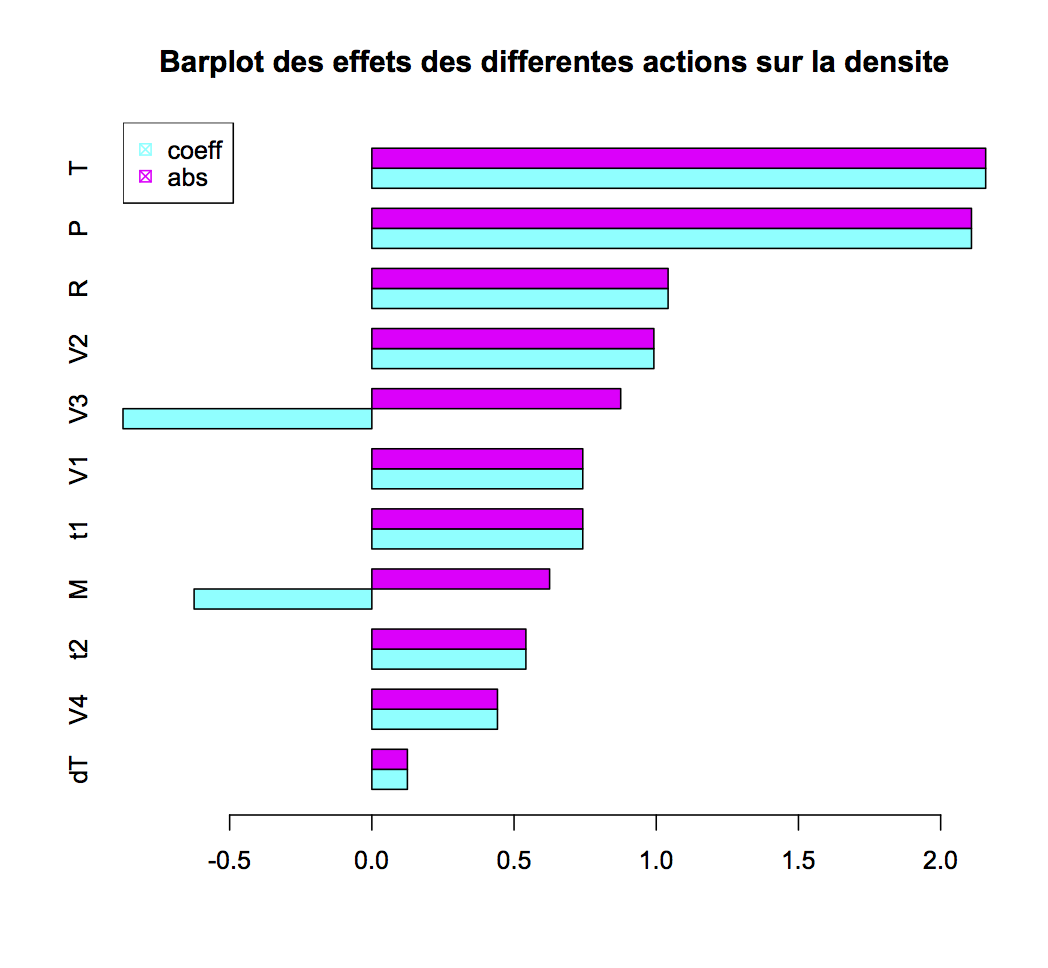Bayesian Analysis of Connectivity in Macaque Cerebral Cortex

There is currently great interest in understanding the network structure (or connectome) of the nonhuman primate (NHP) cortex as it will be much more informative about human cortical organization than other animal models. Our group has assembled a consistent data base of the weighted inputs to 29 areas (of the 91 in our cortical parcellation) distributed across the macaque cortex, using retrograde tract-tracing techniques.
We analyze a measure of strength of projection for each source called the extrinsic Fraction of Labelled Neurons (FLNe) defined as the proportion of marked neurons from a source with respect to all marked neurons in the cortex external to the target area. The data constitute a 29 × 91 weighted and directed graph, G29×91. We also study the 29×29 edge-complete subgraph of the connections only between the 29 injection sites, G29×29. Since the injection sites are distributed across the cortex, the G29×29 subgraph is expected to be representative of the full connectivity matrix of the brain, G91×91. We have characterized the variability of the data base and found a number of regularities in it that indicate fundamental principles of cortical organization. Connection strength decreases approximately exponentially with distance traversed by a projection. This Exponential Distance Rule (EDR) predicts a surprising number of features of macaque cortical organization.
We are exploring the use of Bayesian models that incorporate the observed characteristics of our data base in order to construct a probabilistic map of connectivity across the cortex covering unexplored areas and to evaluate where to place new injections to minimize uncertainty about the full connectivity matrix. We are currently building models using JAGS and Stan and running these from R with interfacing packages.


